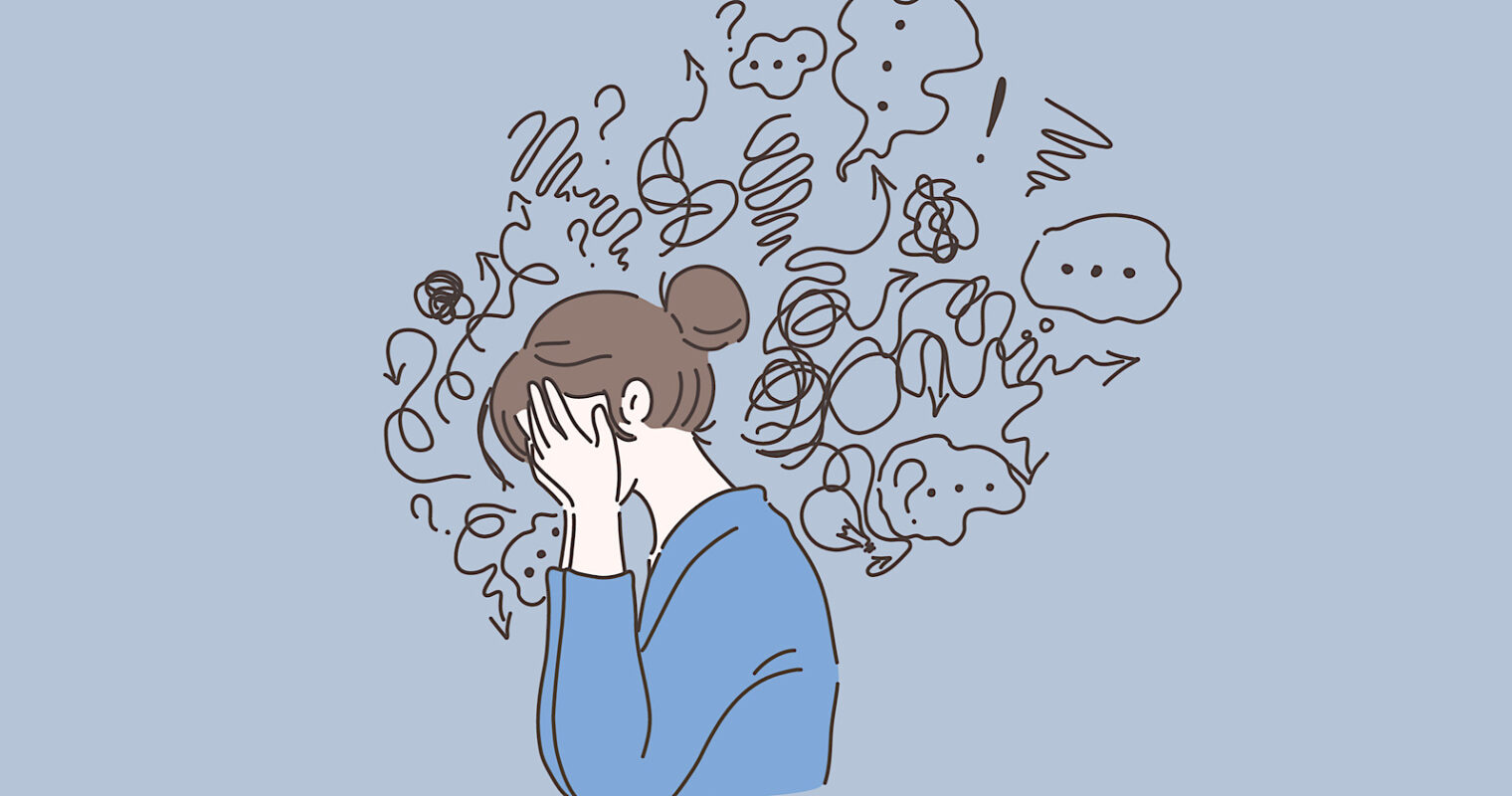Emotional Distress: Its Symptoms, Causes, And Treatment
A state of mental torment that can take on a wide variety of forms can be termed emotional distress. It may result from a health issue or other circumstances, including financial strain or difficulties in a relationship.
It mostly refers to a wide range of symptoms from a variety of mental disorders. But, anyone can experience such distress, even though they might not fit the criteria for any psychological disorder.
SYMPTOMS OF EMOTIONAL DISTRESS
In many ways, emotional distress is equivalent to emotional suffering, and it takes into account a wide range of symptoms. However, its hallmarks are the symptoms of anxiety and depression. More often than not, it is temporary, and anyone can experience it at any time.
Mental health problems can lead to symptoms of emotional distress that either lasts for long durations or occurs in cycles.
These symptoms of emotional distress can sometimes be severe and can lead to a serious mental health disorder.
Listed below are some of the symptoms of emotional distress:
- A feeling of hopelessness, helplessness, and being overwhelmed.
- A feeling of guilt without any apparent cause.
- Constantly worrying.
- Having difficulty in remembering things and thinking.
- Either sleeping too much or too little.
- Changes in appetite.
- Having a dependency on mood-altering substances.
- Isolating oneself from people and activities.
- Having a feeling of fatigue.
- Experiencing irritability and unusual anger.
- Finding it difficult to perform daily tasks.
- Experiencing unexplained and new pain.
The characteristics of such a disorder can vary depending on any underlying mental illnesses. Like, for someone with a borderline personality disorder, emotional distress can lead to intense feelings of loneliness and outbursts of anger.
NOW LET’S SEE THE CAUSES
The causes can vary, and they usually involve one, more than one, or a combination of factors. For example, distress might be caused due to a traumatic event, like a loved one’s death. Underlying mental disorders can also play a significant role in many cases.
There are certain situations as well that can trigger emotional distress. Here are 2 of the most common examples:
EMOTIONAL DISTRESS AT WORK

Everyone knows that a workplace can be an extremely stressful environment. Moreover, while a little bit of stress can motivating to work harder, too much of it can become overwhelming.
Some of the causes of emotional torment when it comes to work include:
- Being too concerned about job security.
- Being concerned about one’s performance.
- Long hours of work.
- Insufficient pay.
- Unsatisfying working conditions.
- Increase in responsibility.
- Relationships with managers and colleagues.
- Lacking control over work.
Most of the time, circumstances build up and combine in the least expected ways, which leads to distress. Any working person can experience this at any workplace, irrespective of the levels of an organization.
EMOTIONAL DISTRESS AT HOME

Of the many causes of emotional distress at home are personal and environmental factors, like:
- Relationship problems with family member/s, friend/s, or partner.
- Undergoing any major change in life. This might include having a baby or moving to a new place.
- Residing at a place that faces inequity and is deprived of resources.
- Facing discrimination.
- Having a low income.
- Feeling isolated and lonely.
- Having debt.
- Having an unhealthy lifestyle. This might include smoking or not exercising regularly.
DIAGNOSIS OF EMOTIONAL DISTRESS
Anyone can experience emotional distress, which can very well be a part of a mental health problem. Thus, there is no precise diagnosis of such distress.
Differentiating between anxiety and depression and emotional distress can be challenging. In order to help a patient figure out the causes of symptoms, a specialist might ask them about significant life events, including recent experiences that may be the source of the problem.
The specialist might also ask about any additional symptoms that could be a sign of a mental disorder, including a feeling of hopelessness and having suicidal thoughts.
TREATMENTS FOR EMOTIONAL DISTRESS

Emotional stress or distress can become overwhelming for those who suffer from it and can interfere with their regular lives.
Emotional distress treatment involves identifying what triggers the patient and practicing various techniques to reduce this distress.
The triggers are not always obvious, and opening up to family members, friends, or even a therapist can help in identifying them and come up with alternative ways of emotional distress treatment. It might also assist in figuring out alternative ways.
Stress management strategies like box breathing, meditation, guided imagery, and other relaxation techniques can be of great help.
One of the main relaxation techniques is mindfulness meditation. It has shown proven results as a long-term strategy for coping with stress. It usually involves maintaining clear and focused attention, which helps in developing an increased self-awareness and attention.
When it comes to therapies as a mode of emotional distress treatment, CBT or Cognitive Behavioural Therapy is considered the standard mode of identifying and addressing distress sources. This type of therapy has many types, and each type is best suited for an individual in a particular situation.
Maintaining a healthy lifestyle, staying away from alcohol and cigarettes, and exercising daily also help. There is much evidence that clearly suggests that exercising regularly or being part of daily physical activity can reduce the symptoms.
HOW TO PREVENT EMOTIONAL DISTRESS AND IS IT EVEN POSSIBLE?
To put it in simple terms, no, it is not always possible to prevent emotional distress. Any event in life that is unpredictable or any other stressor can very well become overwhelming for anyone.

Nevertheless, following certain strategies can limit the impact:
- Being aware of the triggers and taking action as soon as possible when they arise.
- Creating a support network including friends, family, and even colleagues.
- Being part of a support group whose members are going through the same distress.
- Exercising regularly.
- Maintaining a healthy diet.
- Trying to take breaks, if possible.
- Practicing relaxation techniques like mindfulness meditation.
- Staying away from alcohol and smoking.
WHEN SHOULD ONE SEE A DOCTOR?
Most of us experience emotional distress. And in most of these cases, it gets resolved on its own or when a stressful situation comes to a conclusion.
There are cases where the symptoms improve with time as people learn to adapt or find stress management techniques that suit them.
However, if the distress becomes too much to handle or does not improve with time, it is highly recommended to see a mental health expert. This is even more essential if there are signs of any other disorder like depression or anxiety.
IN CONCLUSION…
Emotional distress is a broad term referring to a wide range of symptoms from various mental disorders. Having said that, many people without any particular condition can experience it as well. Irrespective of whether there is a mental health problem, such distress can become overwhelming and affect a person’s day-to-day activity.
As mentioned above, the symptoms can improve with time, but specific strategies can help alleviate the symptoms. These strategies involve practicing stress reduction techniques or building a support network. If despite all these emotional distress symptoms do not reduce, it is suggested by experts to take the assistance of a certified mental health specialist.

